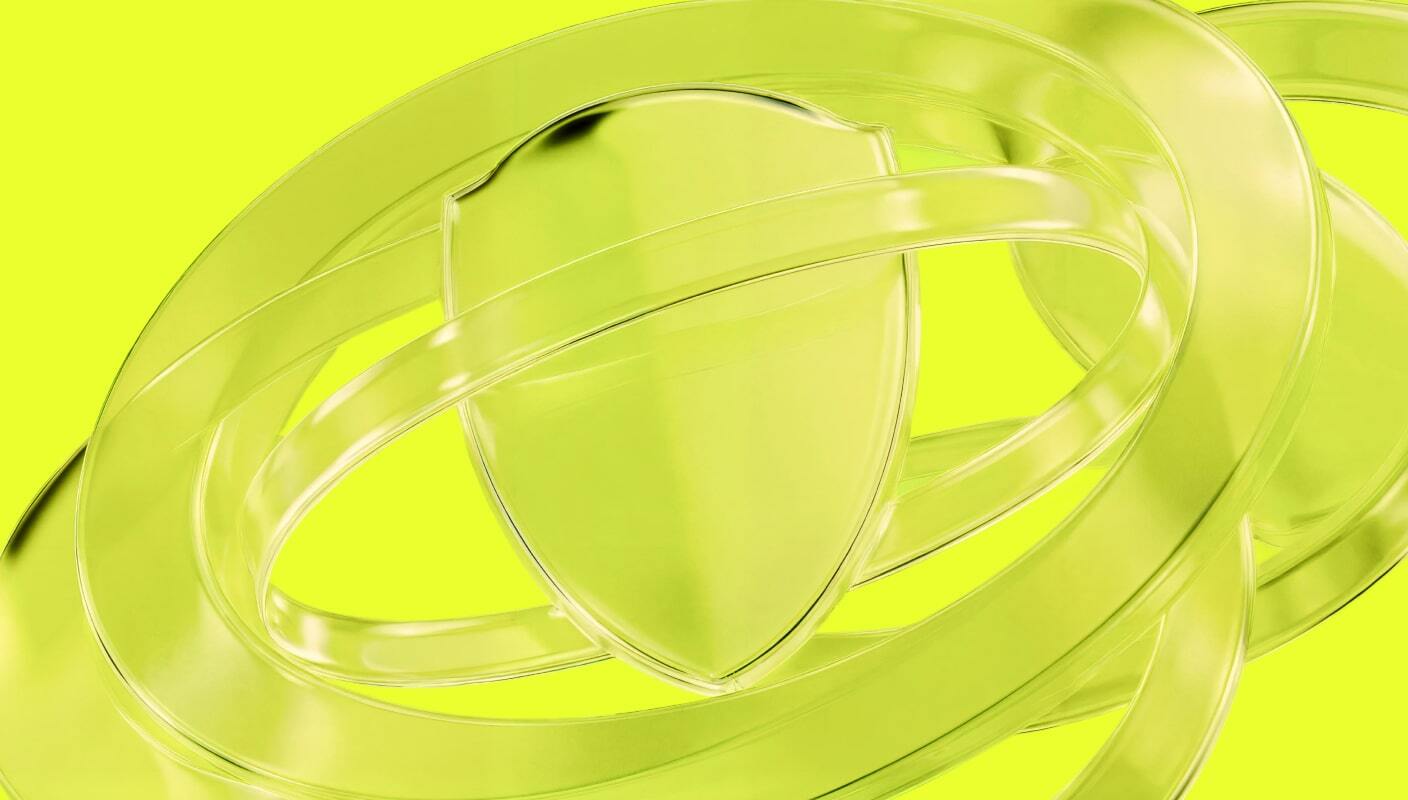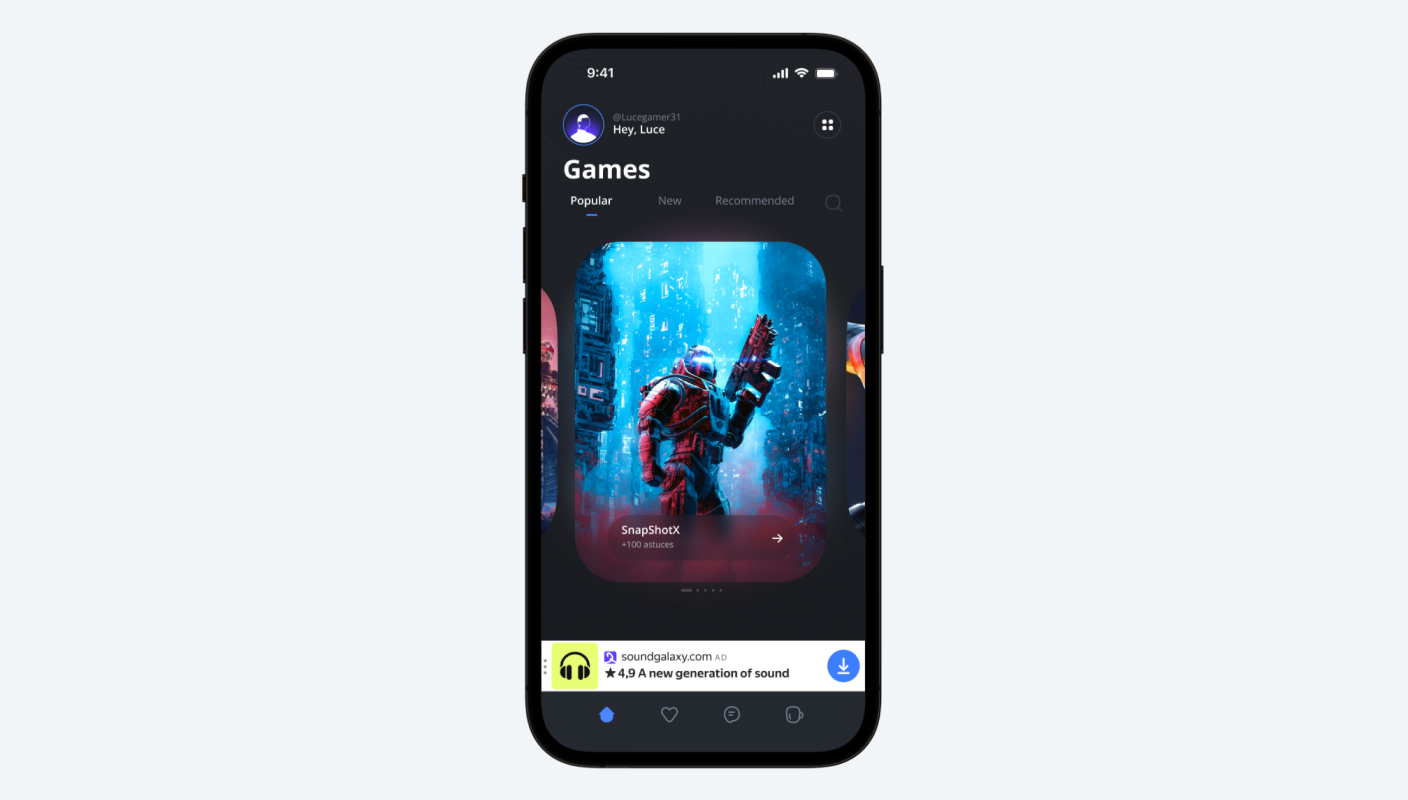9 content marketing ideas for travel companies: succeed with Yango Ads

You know the drill. Travelers scroll through your website, maybe glance at your social media, and sometimes even book — but not nearly as often as you'd like. You’ve tried everything you know about content marketing for travel companies: stunning photos, catchy taglines, blog posts. But it just isn’t working.
Here’s the thing: travelers today face countless ads and promotions at every turn. To truly stand out, it’s not enough to simply exist online. You need to connect with them and inspire them to choose you.
So, if you’re ready to try something different, this article will walk you through 9 travel marketing content strategies that truly resonate with tourists. With Yango Ads Campaigns, you’ll have the tools to bring these ideas to life.
Let’s get to it.
9 practical content formats for travel brands
Not all content marketing tips work for travel brands. Most of what you find is geared toward businesses with simpler sales funnels or products that don’t need much storytelling. But travel is different — it’s personal, emotional, and often involves a longer decision-making process.
These 7 strategies are curated with that in mind. They’re designed to help you engage travelers meaningfully and guide them closer to booking with your brand.
1. Turn your booking process into a content asset
Booking a trip is often overwhelming. Travelers juggle too many tabs, compare endless options, and struggle to coordinate dates and costs. It’s frustrating and leaves them feeling unsupported. It’s also a missed opportunity for brands.
What if booking could be part of the experience? Instead of a dull form, tools like interactive planners or quizzes can simplify decisions and add a personal touch. They’re also ultra-shareable.
For example, Contiki uses a travel quiz to match travelers with trips/bookings that suit their preferences, turning a stressful decision into something fun. It also keeps visitors engaged longer and less likely to bail.

2. Build micro-itineraries for niche interests
Not every traveler wants a big, expensive trip. Many are looking for small, meaningful experiences that match their interests, like a vegan food tour, a local art trail, or a weekend hiking getaway. Micro-itineraries are the perfect solution — short, focused guides that save travelers time and money by giving them exactly what they need.
You can present these itineraries as blog posts, social media carousels, or downloadable PDFs. For example, The Travel Team created micro-vacation itineraries for short trips, which works for busy travelers looking for quick, affordable getaways.
If you’re thinking of creating micro-itineraries, here’s what to do:
- Pick a specific interest, like wine tours, historical landmarks, or outdoor adventures.
- Research standout attractions that match the theme.
- Add practical tips like costs, transport options, and how to book.
- Choose a format, such as a blog post or social media series, to share it with your audience.
Travelers will appreciate the thoughtfulness — and you’ll stand out in the content marketing travel space for truly understanding their needs.
3. Offer real-time updates that help travelers plan smarter
Travel plans change fast. Bad weather, unexpected delays, or last-minute events can leave travelers scrambling. Offering helpful updates when travelers need them most is simple low-hanging content marketing for businesses like yours.
Real-time updates help them stay informed and feel supported, which builds trust and keeps your brand in their mind.
For instance, Visit Orlando keeps visitors updated about severe weather conditions through its dedicated website page.
How can you provide real-time updates?
- Use social media to share last-minute deals, changes, or travel tips.
- Include an updates section on your website for local events or travel alerts.
- Send email or SMS notifications for weather updates, cancellations, or changes.
4. Share stories of past travelers, not just testimonials
People trust real stories. Instead of sticking to basic reviews, go deeper by sharing detailed accounts of traveler experiences. This could mean writing blogs about their journeys, creating videos that follow them through destinations, or producing mini-documentaries that highlight unique moments.
You can format these stories as:
- Blog posts that narrate a traveler's experience from start to finish.
- Short videos showing highlights of their trip, like activities, meals, or interactions with locals.
- Social media posts that share key moments with engaging captions and visuals.
These formats add depth to your travel marketing content and help potential customers imagine their own adventure with you.
5. Make packing guides that double as upsell opportunities
Packing is stressful. People forget things, overpack, or just don’t know what to bring. A packing guide can fix that while showing off your expertise and even boosting sales.
Create guides for specific trips, like “What to Pack for a Winter Hike” or “Essentials for a Beach Getaway.” Add practical tips and suggest items travelers might need, like waterproof bags or hiking boots. You can also team up with micro-influencers to share these guides with their audience.
@solowithsav Reply to @osnapstephanie // What to Pack for 1 Week in Costa Rica ft. @samsoniteusa Voltage DLX Carry-On #travel #samsonitepartner #sambassador #packwithme #packingtips #traveladvice
♬ Sunroof - Nicky Youre & dazy
In content marketing for travel brands, thoughtful guides like these can make all the difference for travelers and for your business. It makes planning easier and builds trust while giving you a chance to promote useful products or services.
6. Use geo-targeted ads to connect with travelers before and during their trip
When travelers plan or explore a destination, they often search for places to visit, eat, or stay. Geo-targeted ads help your business appear exactly where and when they’re looking — whether they’re at home planning their trip or navigating through the city.
These ads work by using a traveler’s location or search intent to show relevant options. For example, someone browsing for "restaurants in Paris" on the online map will see your ad for a cozy French bistro as one of the top results. Likewise, a traveler driving through Paris could see your offer for a dinner special in their route’s search menu.
How to make geo-targeted ads work for you:
- Focus on what travelers are looking for, like places to eat, local experiences, or nearby services.
- Write clear, practical messages that address their needs (e.g., “Top-rated local café with free Wi-Fi” or “15% off guided city tours”).
- Use simple visuals that match what your audience expects to see, like images of your location, food, or experiences.
Pro tip: Yango Geo Ads help connect with users on-the-go by displaying ads in Yango Maps and Ride-hailng apps. By using various ad formats, you can put your business on the map, gain visibility and raise brand awareness.
7. Leverage user-generated content to build trust and authenticity
In the travel industry, authenticity is one of the most powerful ways to connect with your audience. Travelers seek genuine experiences. They crave real stories, relatable imagery, and honest experiences — elements that traditional advertising often fails to deliver.
That’s where user-generated content (UGC) comes in. It helps humanize your brand, showcase your offerings in real-world contexts, and build trust through peer recommendations. By weaving UGC into your travel content marketing strategy, you show potential customers how others have enjoyed your service, inspiring them to consider future trips of their own.
Implementation Tips:- Create a branded hashtag: Encourage travelers to share photos, reviews, and stories via social media and use a specific hashtag to make it easier to find and feature their content.
- Feature UGC prominently: Publish user-generated content on your website, in email newsletters, and across your social channels to drive more website traffic, increase relatability, and boost organic visibility. This way you also foster a sense of community around your brand.
- Host contests: Run photo or story contests where participants can win discounts or freebies, incentivizing content creation.
8. Collaborate with travel bloggers and influencers
Social media influencers and travel bloggers play a central role in shaping traveler behavior — especially among niche communities like luxury travelers, solo backpackers, or eco-conscious tourists. Collaborating with them can supercharge your content marketing strategy by adding personality and authority to your brand. These partnerships provide valuable third-party validation while exposing your business to highly engaged audiences who are already seeking travel-related content.
Implementation Tips:
- Identify relevant influencers: Look for influencers whose audience aligns with your target market, whether it’s luxury travelers, adventure seekers, or family vacationers.
- Co-create content: Collaborate on blog posts, travel vlogs, or social media takeovers that showcase your offerings through the influencer's unique perspective.
- Offer exclusive experiences: Provide influencers with unique experiences or behind-the-scenes access, encouraging them to share compelling stories with their followers.
Such collaborations can enhance your travel marketing strategy, driving organic traffic and increasing brand visibility across various platforms.
9. Build a Search-Optimized Travel Content Hub
A content hub is a smart way for travel businesses to organize their content, improve search visibility, and attract a consistent stream of organic traffic. Instead of publishing isolated blog posts, group your travel-related content around key themes your target audience is searching for—such as destination guides, seasonal itineraries, or travel tips for specific traveler types like families or luxury travelers.
Over time, a content hub strengthens your search engine optimization (SEO) performance, as it signals to search engines that your website is a reliable, well-structured resource. It also improves the user experience by helping visitors easily explore related topics, which can increase time spent on site and encourage return visits.
Implementation tips:
- Choose a focus: Start with one topic cluster, such as “Travel in Greece” or “Winter Escapes for Couples,” and build content around it.
- Plan your structure: Use one main page to introduce the topic and link to related subtopics (e.g. local guides, packing lists, safety tips).
- Optimize for SEO: Research keywords, include internal links, and add meta descriptions to help search engines understand your content.
- Add variety: Include visuals, videos, and UGC content to keep the hub engaging and credible.
- Update regularly: Keep the information current and relevant, especially if your target audience is planning future trips.
How Yango Ads Campaigns simplifies content marketing for travel brands
Content marketing for travel brands often means juggling multiple tools, platforms, and formats to reach the right audience. With Yango Ads Campaigns, you can manage it all in one place. From geo-targeted ads to premium ad placements across 50,000+ partner sites, Yango Ads Campaigns helps you connect with travelers at every stage of their journey.
What we offer:
- Ad network placements: Connect with millions of potential travelers by displaying your ads on Yango’s vast network of websites and apps.
- Localized campaigns: Speak directly to your audience with our add-on localization service — and tailor your ads to specific regions or languages.
- Dynamic ad solutions: Use engaging formats like animated banners or videos to keep your audience interested and informed.
- Data-driven insights: Optimize campaigns using actionable metrics to ensure your message reaches the right people effectively.



